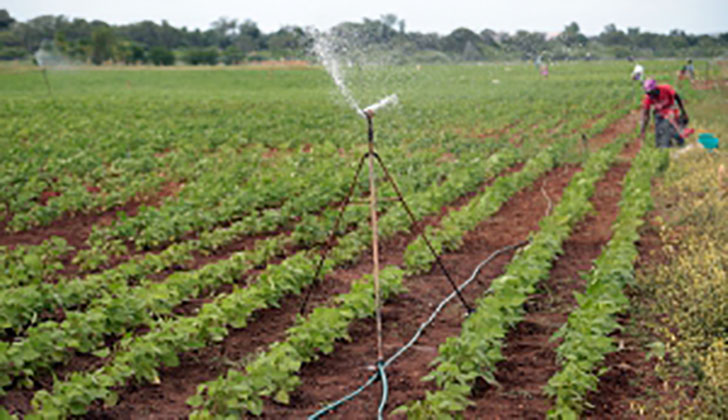By Mapozho Saruchera
The media was recently awash with reports to the effect that the American government intends to intensify its illegal sanctions against Zimbabwe. A lot has been written with regards to how the said sanctions have decimated the Zimbabwean economy – a development that saw the United States Embassy in Harare doling out large sums of money to government detractors to push the narrative that it was not the illegal sanctions fast tracking economic collapse, turning the issue into a what came first, the chicken or egg kind of argument.
The truth of the matter is, ordinary citizens are suffering because the west-imposed sanctions are making it difficult for the government to turn around the economy and attract lines of credit.
That having been said, President Emmerson Mnangagwa is on record urging Zimbabweans to stop complaining about the impact of western sanctions on the country and instead focus on creatively leveraging on available human and natural resources to steer growth and development. In other words, Zimbabwe has to find ways to increase its earnings in order to overcome the problems bedeviling it.
The government’s ‘fast track’ land reform programme that saw land ownership being concentrated in the majority of native Zimbabweans is starting to bear fruit. The global food exports totaled US$1.47 trillion in 2017, according to the World Trade Organization (data available as at January 2020). It can be safely argued here that Zimbabweans can revive the country’s economy through agriculture while bearing the brunt of the illegal sanctions.
The strategy is simple, every Zimbabwean who owns a piece of land needs to fight for a chunk of this global food export cake, to begin with. Smallholder famers can form consortiums so as to enjoy economies of scale when exporting.
Attaining the bread basket of Southern Africa status can be a walk in the park for Zimbabwe as the country can simply replicate the success in the tobacco industry which has grown to be worth nearly a billion United States (US) dollars under the stewardship of mainly the indigenous people. Zimbabwe’s 2019 tobacco output surpassed 2018’s record-breaking output of 252 million kilograms which raked in US$730 million, according to statistics from the Tobacco Industry and Marketing Board (TIMB).
Closely related to the above, subsistence rural famers have to come to the party by ensuring that they produce at least enough staple food to sustain them until the next harvest while selling the excess to generate income. This will free up the foreign currency currently being used to import maize so that it can be directed towards capital projects.
There are also opportunities for growth in the horticulture industry which entail the production, processing, export of and the market for fruits and vegetables. Industrialized horticulture also includes the floriculture industry. Among the most important fruits and vegetables that Zimbabwe can produce are: bananas, apples, potatoes, avocados, sweet potatoes, tomatoes, onions and cabbage.
Forestry is another agricultural venture that Zimbabweans can rejuvenate, with the aim to of supplying biomass. This biomass energy may be derived from harvest slash such as branches, tops, stumps that would otherwise have decayed in the plantations, or it may be obtained from surplus mill residues (saw dust, shavings, etc.) or construction waste.
If Zimbabwe’s agriculture sector operates at its optimum level, existing food manufacturing and processing companies will be export giants, while new firms will be emerging everywhere. This will then lead to a significant cut in the country’s import bill and demand for foreign currency. Other positive results will be the creation of jobs and the firming of the Zimbabwe dollar.




